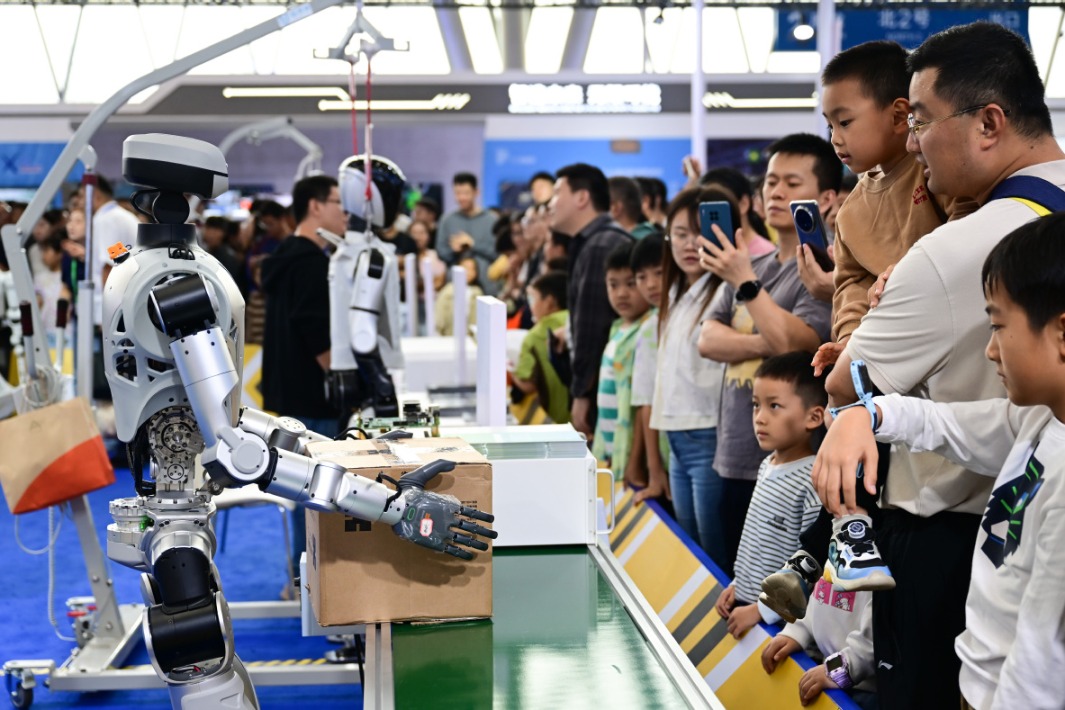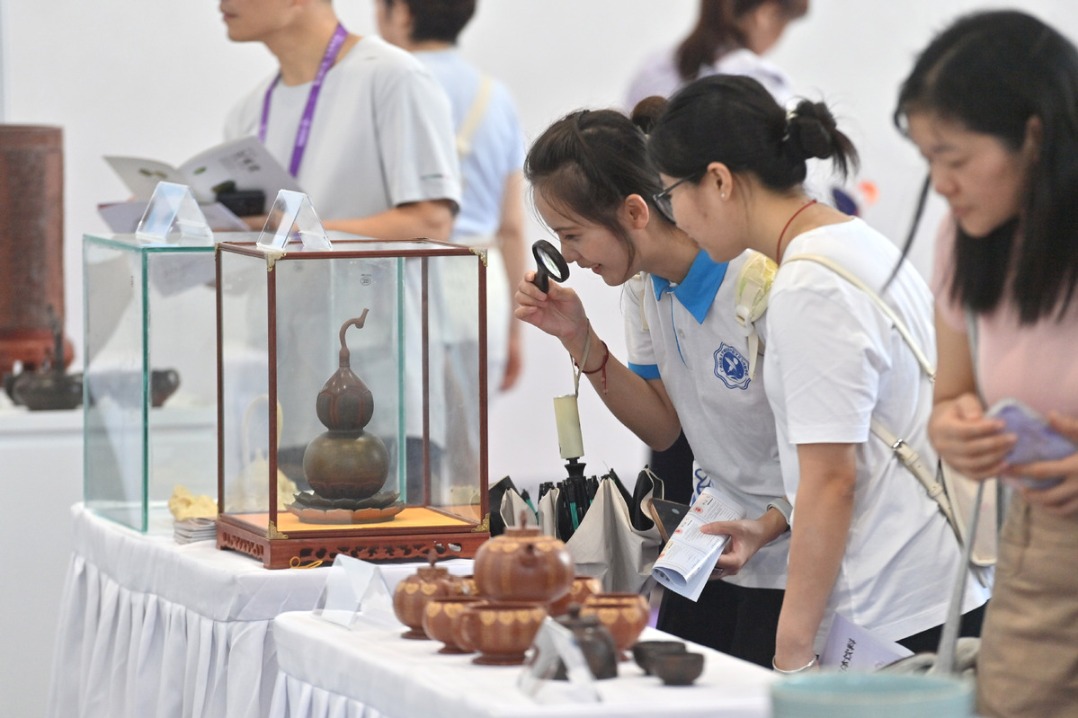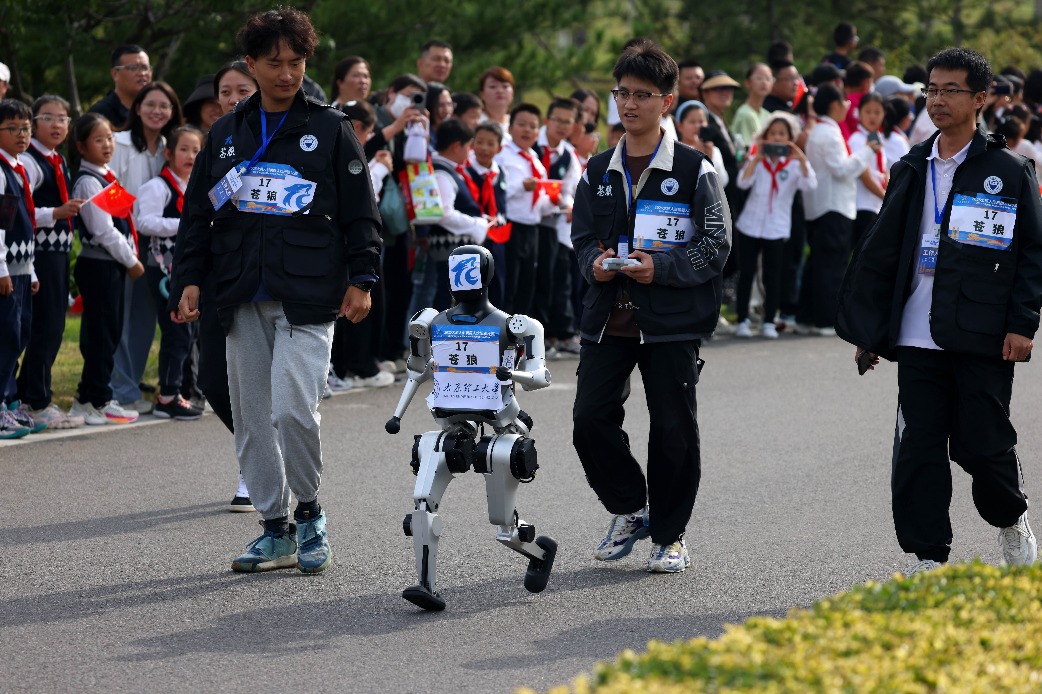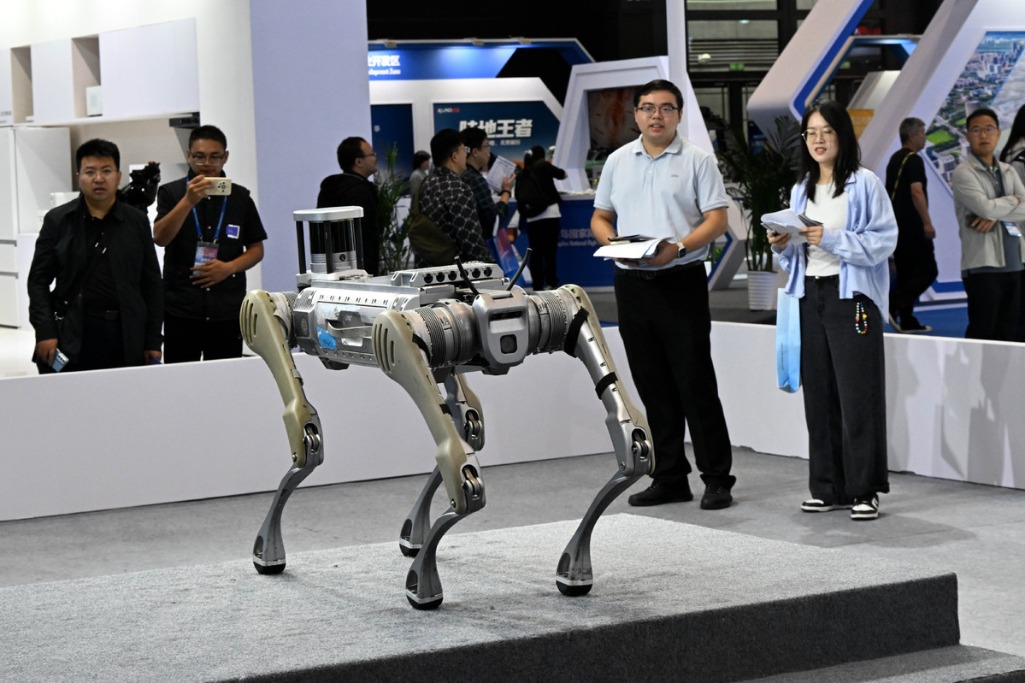First stores to unlock economic potential of smaller cities

Recently, when I returned to my hometown of Taiyuan in Shanxi province, it was hard not to notice a change in the air after years of living in bustling metropolises like Beijing.
The second-tier city, where shopping options were once relatively limited to local brands and the occasional regional chains, has seen a remarkable shift in its retail landscape.
One striking example was the debut of South Korean fashion brand Mardi Mercredi. Earlier, I had to travel overseas or to big cities in China to shop for apparel from the niche brand.
The fashion brand's debut in Taiyuan is part of a larger trend — one where international brands are increasingly looking to smaller, second- and third-tier cities as viable locations to grow their reach in China.
Due to limited options locally, several consumers in lower-tier cities used to travel to larger cities or even abroad to access the latest global fashion trends. Shopping trips to Seoul, Hong Kong, or Shanghai were common for those seeking to experience cutting-edge styles offered by international brands.
This is where the concept of the first-store economy comes into play-their presence eliminates the need for such lengthy trips, bringing the latest fashion directly to local consumers.
The emerging economy model refers to a strategy of attracting brands to open their very first store in a particular city, creating a sense of novelty and excitement around their arrival. These first stores often become major draws for local consumers, offering something new and unique that was unavailable previously in their vicinity.
First stores are an effective way to boost local consumer activity and energize city economies. Whether in Beijing or Taiyuan, their arrival always sparks interest among local shoppers, and these stores have become a focal point for those excited to try something new.
To many, the appeal of first stores lies in their novelty. These stores are not only retail spaces, but also destinations that provide something fresh and exciting for consumers.
The concept taps into a deep-seated curiosity among shoppers eager to experience what they've only seen online or in larger cities. This sense of novelty is what makes first stores such a powerful tool for sparking consumer interest and driving foot traffic to commercial areas.
However, if this sense of novelty ever fades, will these "first stores" still be attractive enough for consumers and see sustainable growth?
Li Zhiqi, vice-chairman of the Beijing Federation of Industry and Commerce, believes that during its initial phase, the first-store economy faces significant challenges such as insufficient market positioning, lack of distinctive features, and the need for optimization in business structure and quality, which call for strong policy support and guidance.
In this regard, Li said that it is important to establish a robust service system for the first-store economy to provide enterprises with convenient and efficient service support, while deepening industrial integration, creating a business service industry chain led by first stores that integrates procurement, R&D, design, settlement, and logistics.
This support should be realized by an enhanced policy framework that can be updated and iterated in a timely manner to ensure its effectiveness and relevance, Li added.
Looking forward, with China's huge consumer base, I believe first stores have growing potential in reshaping consumer experiences and local economies.
By aligning policy frameworks with industry needs and fostering integration across supply chains, the first-store economy is expected to move beyond initial excitement to become a sustainable driver of economic vitality and cultural enrichment for cities like Taiyuan and beyond.




































